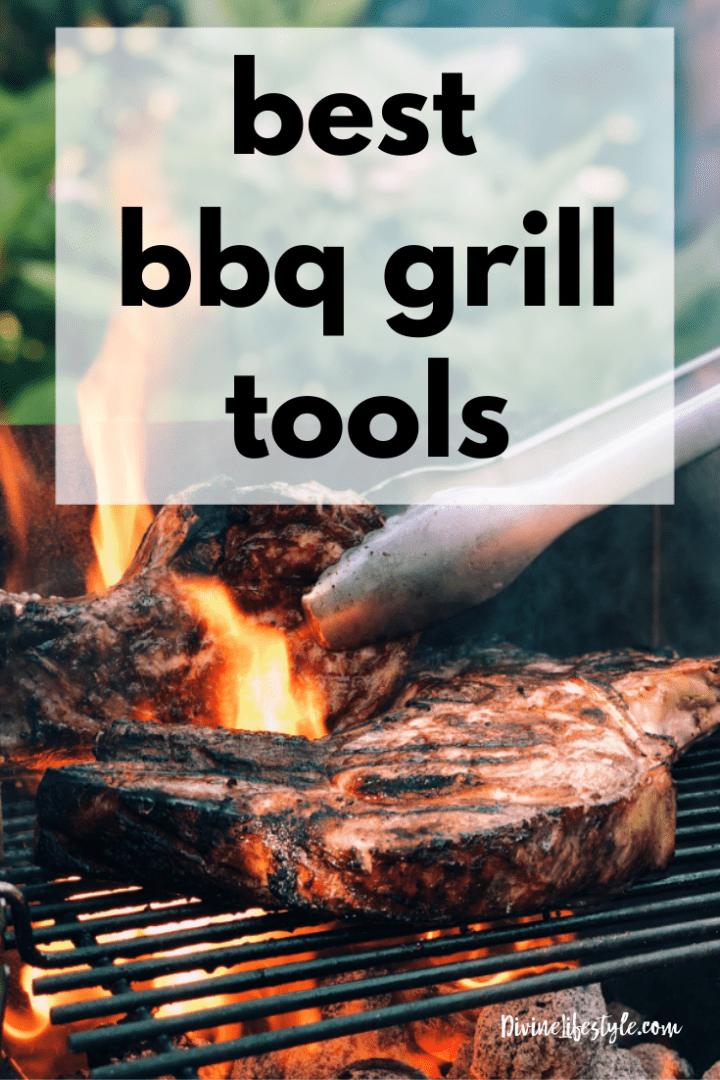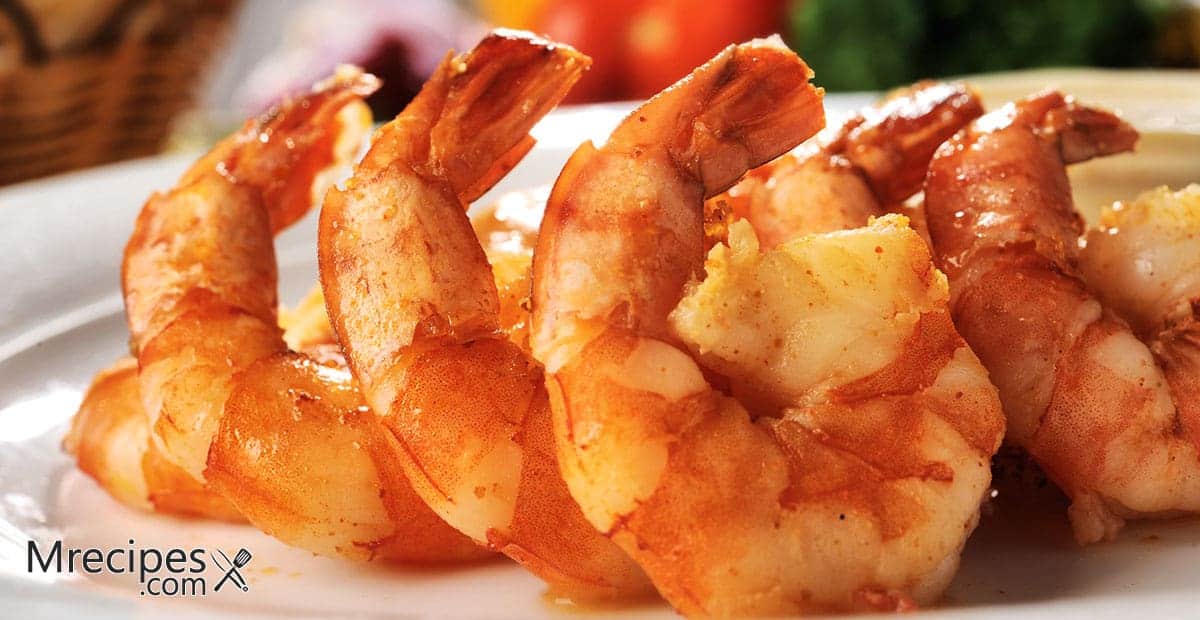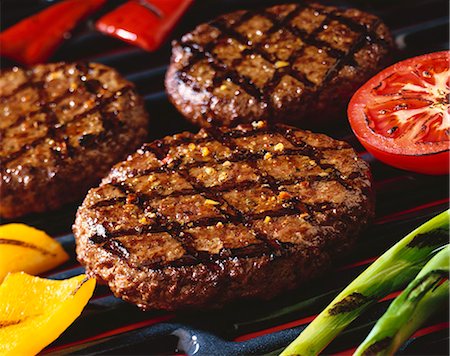
The best indirect heat grilling method involves using a second-level grid set higher than the main cooking grid. This allows you to cook delicate and small foods without overcooking them. Temperature should range between 250-350 degrees Fahrenheit. Banked charcoals should be topped off at least once daily. Direct heat grilling takes longer than direct heat grilling, but it offers the best flavor.
To cook with indirect heat, you must add briquettes to the grill every hour. This is essential for even heating and ensuring the meat cooks to the desired temperature. Briquettes can also be added using a small shovel that is inserted through the handles of the cooking grid. To achieve the ideal grilling temperature place at least 30 gray-ash-covered coals along each side. Place a drip pan between the grate and the charcoal to catch fat and juices.

Another method for indirect heat grilling is to arrange the coals in a circular arrangement. This is the most popular and is used to "smoke” your meat. This gives your meat a more flavorful finish. Wood chips should be allowed to soak for at least 30 mins before adding to the charcoal. This process is tedious and not recommended for beginners. There are two types of heat grilling: direct or indirect.
Prepare your grill using non-stick spray to use indirect heat. Place the meat on a middle grate. The charcoal grates on the opposite side are reserved for indirect heat. To avoid any charring, place foil over the meat. This method requires a longer cooking time than direct heat grilling.
Indirect heat cooking is another way to prepare food over a coal fire. The difference lies in the type of heat. Indirect heat refers to a method of cooking food directly over heat. Indirect heat refers to food being cooked near the flame. The food will be cooked over heat, but it will still remain tender and moist. The food will be tender and evenly browned as it cooks.

The indirect heat grilling charcoal technique means that the food is not directly in contact with the heat source. This method is perfect for cooking larger pieces of fish or meat, such as cedarplank fish. It cooks at a lower temperature and evenly because it isn't directly heated. This method works well for chicken, fish, as well as other meats. It is important to monitor the internal temperature of your food.
FAQ
How can I be motivated to cook?
Sharing food with friends and family is a great way to have fun cooking. Cooking for yourself is much more enjoyable than cooking for others. Try making something new if your goal is to become more motivated to cook. This way, you will learn about new ingredients and techniques. You can also use recipes from other cultures to increase your culinary knowledge.
What is the best way to store leftovers?
Tupperware containers work well for leftovers. These containers protect food from spoilage and keep it fresh. They keep foods warmer for longer. Remaining food can be frozen in freezer bag. To prevent air from escaping, freeze food in a bag. Once food has been frozen properly, seal it with a ziplock bag.
What are the requirements to become a chef?
A bachelor's degree in culinary art is necessary to become a professional chef. A series of tests administered to you by the ACF will also be required. After completing these requirements, you will be awarded a certificate that confirms your qualifications.
How much does it cost to go to culinary school?
Culinary school costs vary depending on where you go, how long you study, and what program you choose. The average tuition ranges from $10,000-$30,000 per year. The majority of students graduate with around $20,000 in student debt. However, some programs offer scholarships, grants, and work-study opportunities.
Can I cook with my family?
Yes! Yes! Kids love helping in the kitchen. It's a fun activity that teaches them responsibility and teamwork. The whole process can be done by children, including washing and chopping vegetables. Your children will be more comfortable helping you cook if you teach them safe techniques for handling knives.
How Much Does It Cost to Study Culinary Arts?
You will find that the price to study culinary arts is variable. For example, a four-year degree typically costs around $40,000. A two year associate's degree might cost less than $5,000. Tuition rates vary depending on what program you choose. Private institutions charge higher prices than public ones.
Statistics
- The median pay for a chef or head cook is $53,380 per year or $25.66/hour, according to the U.S. Bureau of Labor Statistics (BLS). (learnhowtobecome.org)
- You'll be amazed that over 90% of CIA students receive scholarships and grants to finish their culinary studies. (ischoolconnect.com)
- In the United States, the category is estimated at $23.2 billion annually and is growing faster than the market. (washingtonpost.com)
External Links
How To
How to make a perfect Omelette
Omelets are one of my favorite foods to eat at breakfast. How can you make them perfectly? I've tried many recipes and different methods but none have worked. So I am sharing some tips and tricks today to help you make fluffy, delicious omelets every morning.
When making omelets, it is important to be aware that eggs can be temperamental. You must get them fresh, organically, and keep them cold until you cook. You must keep them cool enough to allow the whites to form properly and the yolks to become too runny if they're not kept at the right temperature. This causes your omelets to look oddly colored. If you're going to cook them immediately, it is best if the eggs are still warm.
You might also try separating the egg before adding to the pan. Because this could cause your omelet to become curdled, you don't want any yolk to be mixed with any white.
You could end up burning the bottom half of the egg if the egg is added directly to the heat source. Instead, microwave the egg for 10 seconds before adding it to the pan. The microwave heat cooks your egg just right, without it becoming too soft.
Let's now talk about mixing eggs. Mix eggs well together. You can do this by turning the bowl of your mixer upside down. Next, shake the bowl vigorously. This allows the air to be whipped and the egg to be mixed thoroughly.
The fun part is now - adding the milk to the mixture. Mix half of the milk with the eggs. Then fold the eggs in half into the remaining milk. Do not be alarmed if there are still egg streaks visible. Once the omelet flips, these streaks will disappear.
After you have folded the eggs, heat the oil in a pan over medium heat. Once the oil has started to sizzle, turn the heat down to low. Add 1/4 cup butter to the oil and swirl it around to coat all sides of the pan. Carefully open the pan's lid and add salt to the pan. A pinch of salt will prevent your omelet from sticking in the pan.
Cover the pan once the omelet is formed and allow it to cool completely. Flip the omelet upside down or with a spatula. Cook the other side for another minute or two. Serve immediately after removing the omelet from its pan.
This recipe works best when you use whole milk.